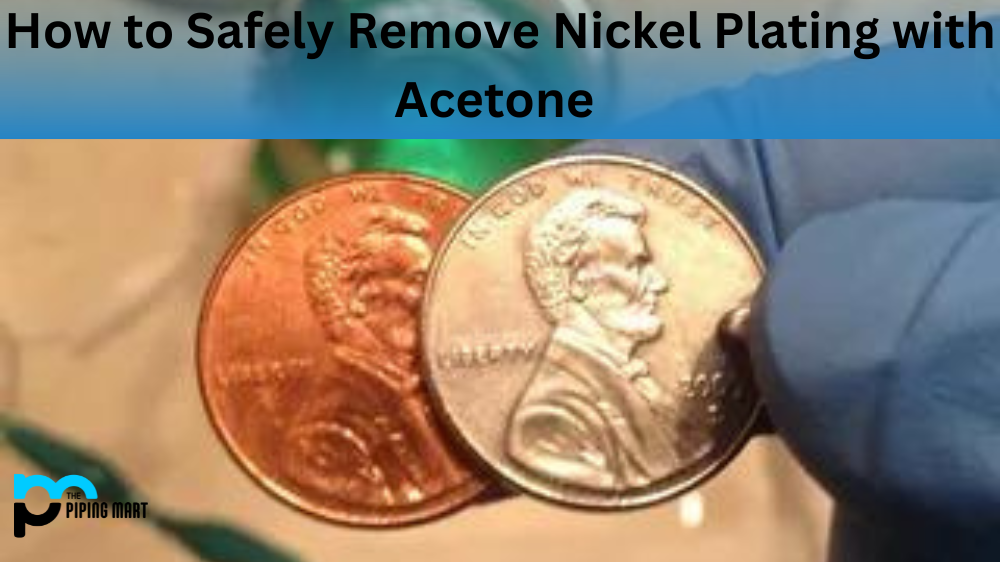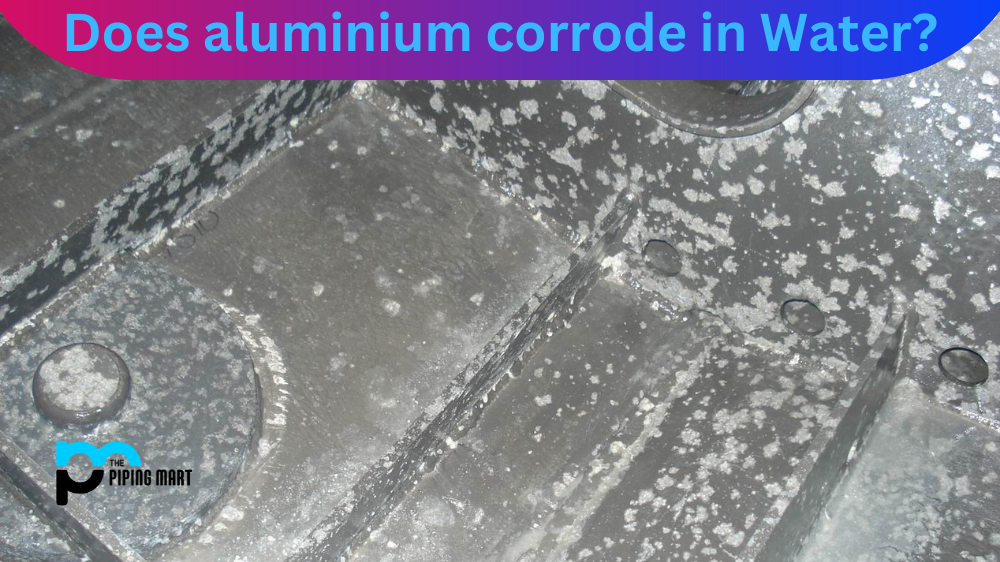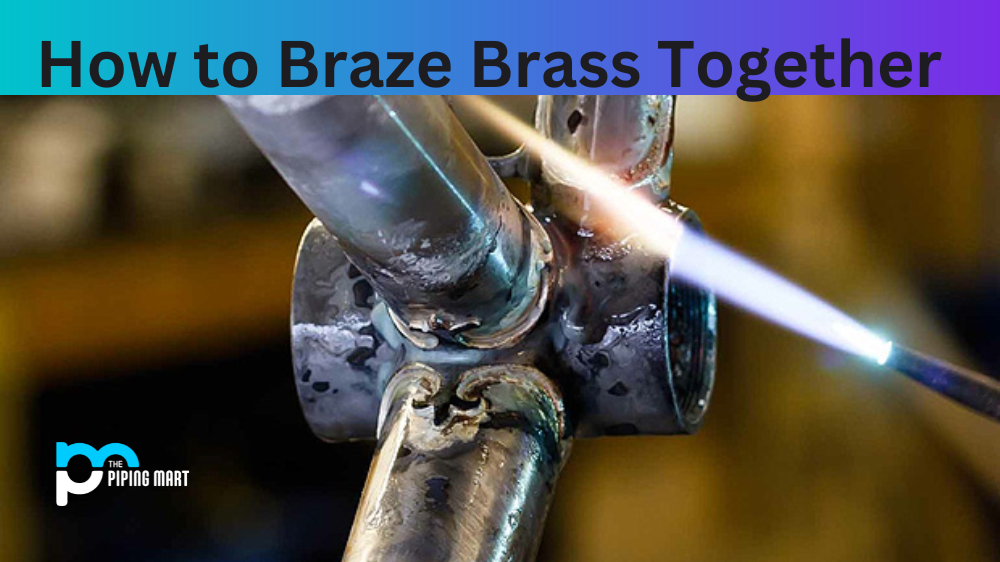Nickel plating is a common process that is used to coat the surfaces of objects made from metal, plastic, and other materials. It provides a protective finish that can make the object more durable and resistant to wear and tear. However, sometimes it’s necessary to remove nickel plating from an object to restore its original surface. One of the most popular methods for removing nickel plating is using acetone. This blog post will discuss exactly how to do this safely and effectively.
What Is Acetone?
Before we dive into removing nickel plating with acetone, we must understand what acetone is and why it works so well for this particular job. Acetone is a colorless liquid that is sometimes referred to as “nail polish remover.” It’s derived from petroleum and contains three key ingredients: carbon, hydrogen, and oxygen. It’s highly flammable and has a strong odor, so it should always be used in a well-ventilated area.
How To Remove Nickel Plating With Acetone
Now that you know what acetone is and why it works so well for this job, let’s take a look at the process of removing nickel plating with acetone. The first step is to put on safety goggles and gloves before handling the acetone or other chemicals involved in this process. Next, you’ll need to mix equal parts distilled water and acetone in an open container such as a bowl or bucket. After these two ingredients have been mixed thoroughly, you can use a soft cloth or brush to apply the solution directly onto the surface of the object you want to remove the nickel plating. Let the solution sit on the surface for up to 10 minutes before wiping it away with a clean cloth or sponge. Once all excess solutions have been removed, rinse any remaining residue with warm water and dry completely using a soft cloth or paper towel.
Conclusion:
Removing nickel plating with acetone can effectively restore your objects back to their original surfaces without causing any damage or corrosion. That said, it’s important that you take proper safety precautions when working with chemicals like acetone since they are highly flammable liquids that could cause harm if not handled properly. If you’re ever unsure about how best to proceed when removing nickel plating from an object, seek advice from an experienced professional who can help guide you through each step of this process safely and effectively!
Sakshee is a talented blogger, with a particular focus on the Business and Metal Industry. She is passionate about sharing her insights on various metal products and helping professionals to make a better decisions.




